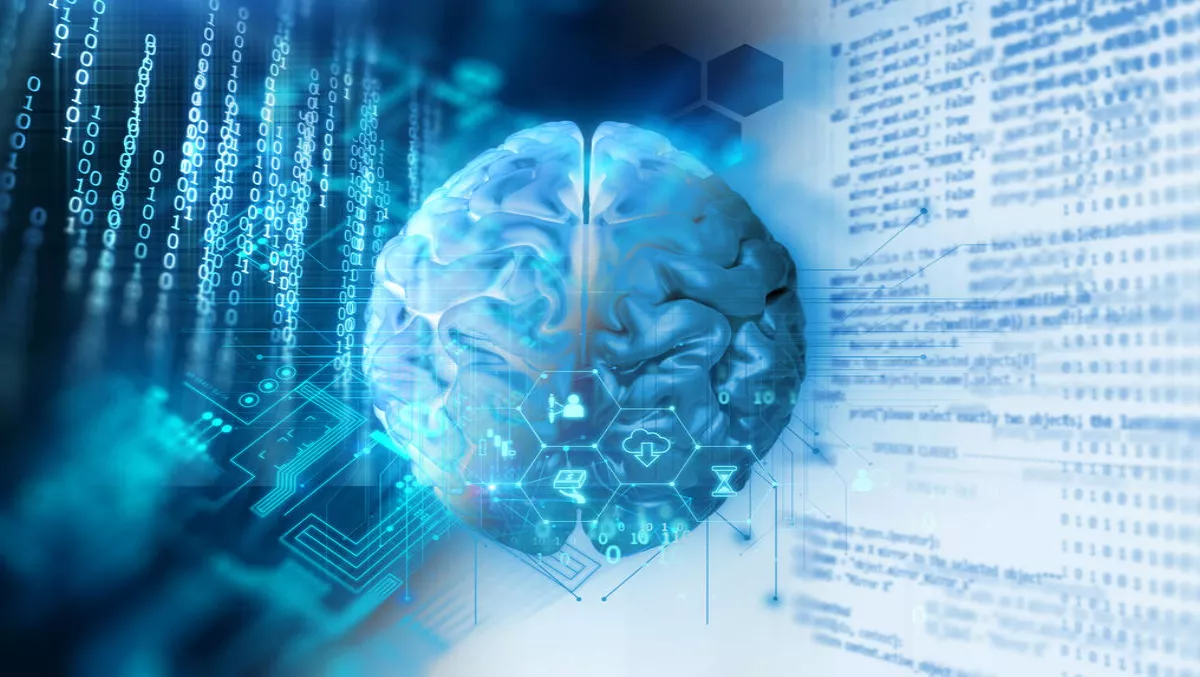Google says the world is in the middle of a tech revolution: the shift from a mobile-first to an AI-first world. Looking back, its origins as a text search engine still exist but now it has grown to be much more.
The company's CEO Sundar Pichai discussed the evolution in a blog this week, which looked at just what the future holds - and what Google is doing about it right now.
"Thanks to advances in deep learning, we're able to make images, photos and videos useful to people in a way they simply haven't been before. Your camera can "see"; you can speak to your phone and get answers back—speech and vision are becoming as important to computing as the keyboard or multi-touch screens," he writes.
What does Google have up its sleeves? For starters, there's The Assistant and Google Lens; behind the scenes there are Cloud TPUs and machine learning.
Pichai describes Google Lens as 'vision-based computing capabilities' that can understand what you're looking at and take action. It's a technical way of saying that if you want to know what your router's wifi password is, your camera will automatically recognise that password, understand that you want to log into a network, and then log you in.
"You don't need to learn anything new to make this work—the interface and the experience can be much more intuitive than, for example, copying and pasting across apps on a smartphone. We'll first be bringing Google Lens capabilities to the Assistant and Google Photos and you can expect it to make its way to other products as well," he explains.
Meanwhile, The Assistant is already making its way across 100 million devices. It is able to tell different voices apart through Google Home (not yet available in New Zealand), which means experiences can apparently be personalised.
Smart home providers are also jumping on board and making their technology available through Google Assistant - Logitech and TP-Link are just two of more than 70 partners.
In the United States, Google has launched Google for Jobs, which matches companies with potential employees, and help jobseekers find new opportunities.
Pichai says that there are also a number of high-tech research applications: Google.ai has worked with researchers to develop machine learning approaches that can detect breast cancer spread and even starting to sequence the human genome.
What's behind this machine learning bonanza? Google's TPUs have now become available on the cloud. According to Pichai, they are optimised for processing massive amounts of information.
"We'll be bringing Cloud TPUs to the Google Compute Engine so that companies and developers can take advantage of it," he says.
So putting together both the applications and tech behind it all, what is Google.ai motivated by? Pichai believes that it's about furthering breakthroughs not only for Google users, but for 'complex social problems', especially when there are many barriers ahead.
"It's inspiring to see how AI is starting to bear fruit that people can actually taste. There is still a long way to go before we are truly an AI-first world, but the more we can work to democratise access to the technology—both in terms of the tools people can use and the way we apply it—the sooner everyone will benefit," he concludes.



